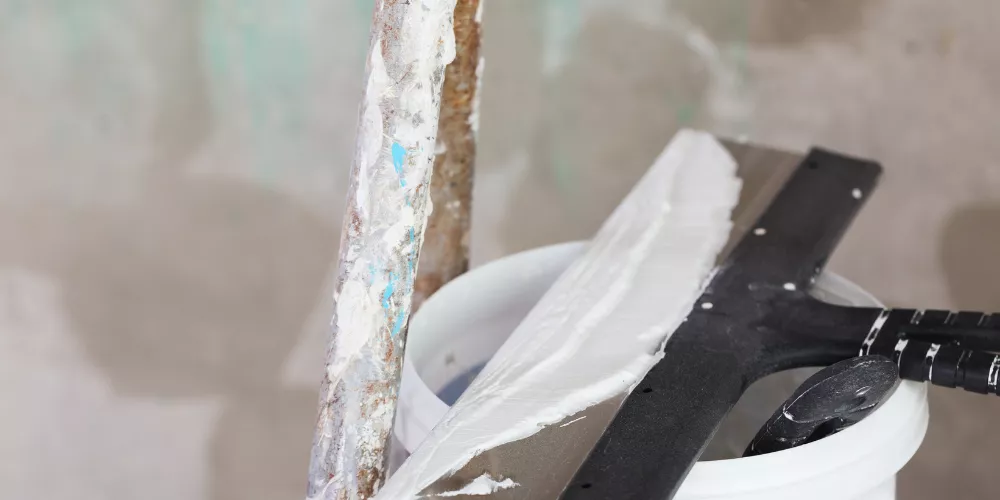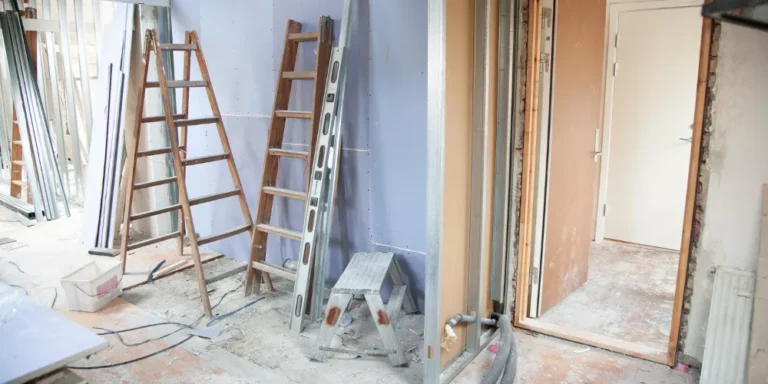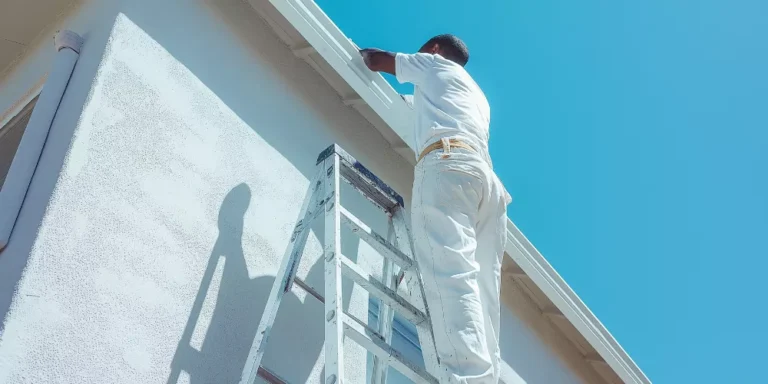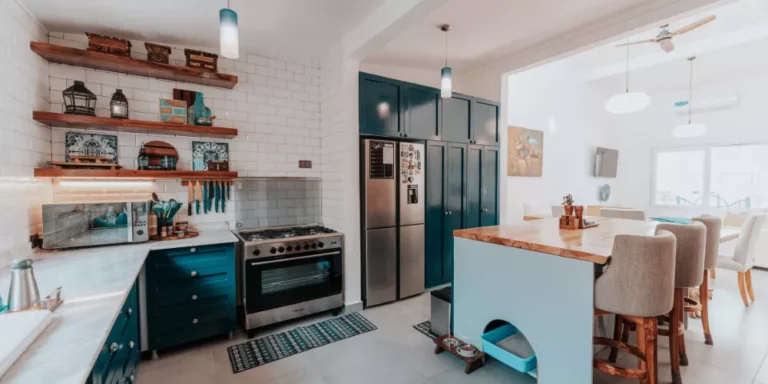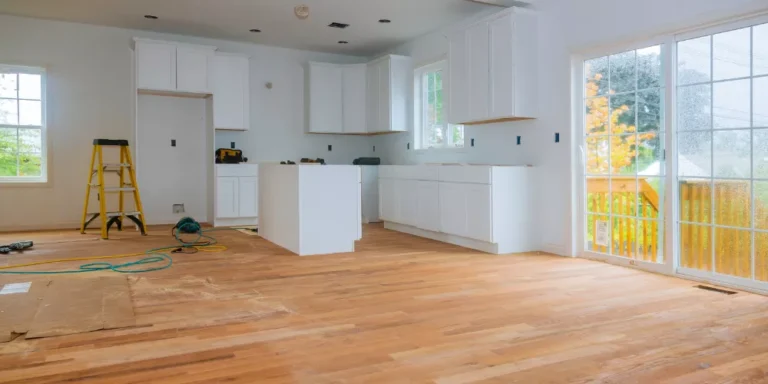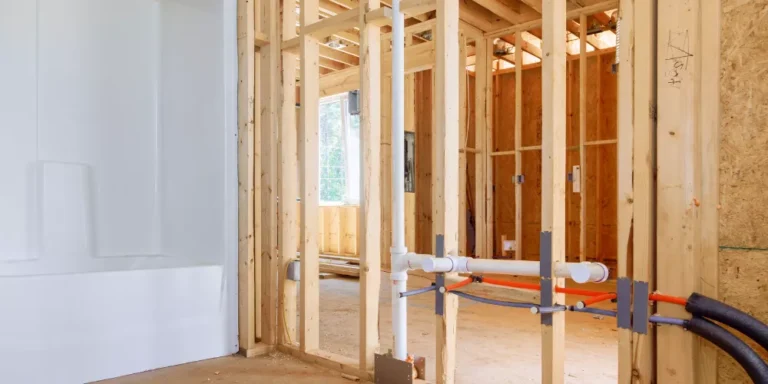How much does attic ventilation improvement save on cooling costs
Attic ventilation is one of the most overlooked parts of home comfort in the USA, yet it has a major impact on cooling costs, indoor temperature, and the overall health of the home. Many American homes lose energy simply because their attics trap heat, especially in summer. When heat builds up in the attic, it radiates into the living areas and forces the air conditioner to work harder. This leads to higher energy bills, more wear on cooling equipment, and discomfort even when the AC runs all day.
Good attic ventilation solves these problems by allowing hot air to escape and letting cooler outside air enter. This simple airflow reduces heat buildup and helps maintain a balanced temperature throughout the house. Homeowners often do not realize how much money they can save through improved ventilation, because the changes happen quietly and gradually over time.
In warm states like Arizona, Texas, Florida, and California, the attic can reach extremely high temperatures—sometimes over 140°F. Even in northern states, summer heat can collect in poorly ventilated attics and cause high cooling costs. When airflow is improved, the attic stays cooler, the AC uses less energy, and the home becomes more comfortable.
Attic ventilation also protects the roof, insulation, and structural components of the home. Without proper airflow, moisture can build up and cause mold, wood rot, and shingle damage. These issues cost far more than good ventilation ever would.
This guide explains how much attic ventilation can help you save, what factors affect savings, and how to improve ventilation step by step. Everything is explained in simple, detailed language so homeowners across the USA can understand the process and make informed choices.
How much does attic ventilation improvement save on cooling costs
Improving attic ventilation can significantly reduce cooling costs in many American homes. In some cases, homeowners save between 10% and 30% on summer energy bills simply by improving airflow. The actual amount depends on climate, insulation levels, roof structure, and the type of ventilation installed. Here are the most important factors explained step-by-step.
1. How attic ventilation affects temperature
Attic ventilation helps control the temperature inside the attic by removing excess heat. When hot air gets trapped, it spreads downward into living spaces. This makes your air conditioner work harder. By improving airflow, the attic stays cooler and reduces pressure on the cooling system.
In many homes, attic heat can rise to extreme levels in summer. This trapped heat builds slowly and stays for hours even after the sun goes down. Proper ventilation allows hot air to leave the attic quickly. Once the air flows freely, temperatures drop by 10°F to 30°F depending on the climate.
Lower attic temperatures mean less heat entering bedrooms, hallways, and living rooms. This creates a noticeable difference in comfort, especially at night.
Because the AC doesn’t have to fight against rising heat from the attic, it runs fewer hours per day. These shorter running times lead directly to lower energy bills. Over time, this becomes one of the simplest ways to reduce cooling costs without changing the AC unit or installing new windows.
2. Impact on air conditioner workload
When the attic gets too hot, the heat transfers through the ceiling and warms the home below. This forces the AC to run longer to maintain the desired temperature. The longer the AC runs, the more electricity it uses.
Improving attic ventilation reduces the strain on the AC. The system does not need to cycle on as often, and when it does run, it cools the home faster.
In homes with proper ventilation, the cooling system may run 15% to 25% fewer hours per day. Over a three- to four-month summer season, this adds up to significant savings.
Reducing the workload also helps extend the lifespan of the AC unit. When the system is not constantly fighting attic heat, the compressor and motor experience less stress. This leads to fewer repairs and longer service life.
Even if energy savings seem small at first, reduced AC wear can save hundreds of dollars in long-term maintenance.
3. Savings potential for different U.S. climates
Attic ventilation savings vary depending on geographic location.
In hot southern states like Texas, Louisiana, and Florida, savings are usually higher because homes experience long, intense summers. Homeowners in these regions often see 20% to 30% savings on cooling costs after ventilation improvements.
In the Midwest, where summers are warm but shorter, savings are moderate—usually around 10% to 20%.
In coastal states with humid climates, ventilation also helps control moisture, which indirectly improves cooling efficiency.
In northern states like Minnesota or Maine, attic ventilation still matters, but the savings are smaller because cooling seasons are shorter. Even so, proper airflow helps protect roof structures during summer heat waves and prevents moisture issues in winter.
Overall, the potential savings depend on how hot the attic becomes and how long the cooling system runs each year.
4. Role of insulation and ventilation working together
Insulation and ventilation must work together to reduce cooling costs. Insulation slows down heat transfer from the attic into the home, while ventilation removes heat from the attic altogether.
If a home has good insulation but poor ventilation, heat will still build up and eventually overwhelm the insulation.
If the home has strong ventilation but weak insulation, heat may escape but indoor temperatures can still fluctuate.
Combined, they create a balanced system. Ventilation keeps attic temperatures low, and insulation blocks remaining heat from entering living areas. This combination often leads to the biggest savings, especially in older homes where insulation may be outdated.
Many homeowners in the USA upgrade ventilation first and then add insulation later, or vice versa. Either way, the two systems support one another.
5. Benefits of ridge vents and soffit vents
Ridge vents and soffit vents are among the most effective ventilation systems for American homes. Ridge vents sit at the peak of the roof and let hot air escape naturally. Soffit vents, located beneath the roof’s edge, let cool air enter.
Together, they create a continuous system that pulls hot air out and brings in fresh air without using electricity.
This natural airflow lowers attic temperatures significantly. Homes with ridge and soffit vents often run cooler than homes with small gable vents or blocked openings.
Because ridge vents run the entire length of the roof, they provide even ventilation across the attic space. This helps keep insulation dry and prevents moisture buildup.
Over time, these systems can reduce cooling costs by improving airflow consistency. They are long-lasting, quiet, and require very little maintenance.
6. Effect of powered attic fans on energy savings
Powered attic fans use electricity to pull hot air out of the attic. Some fans run continuously, while others operate only when temperatures rise above a set point.
While these fans can reduce attic heat quickly, they also use energy. For this reason, savings depend on how efficiently the fan operates.
Solar-powered attic fans are becoming more popular because they run without adding to electricity bills. They help remove heat during the hottest parts of the day at no cost.
Electric-powered fans can still save money if installed correctly and used with proper ventilation. They help reduce AC workload by lowering attic temperature.
However, fans must not create negative pressure that pulls cool air from inside the home. This can work against energy savings.
When installed correctly, attic fans give an extra boost to ventilation and add to cooling cost reductions.
7. How ventilation prevents heat retention at night
Many homes remain hot late into the evening because the attic stores heat from the daytime sun. Even after the temperature outside cools down, the attic can stay warm and release heat into bedrooms and hallways.
Proper ventilation helps the attic release heat faster. Ridge vents, soffit vents, and attic fans keep air flowing even after sunset, allowing trapped heat to escape.
This nighttime cooling makes homes more comfortable, especially in upper floors. Reduced nighttime heat means homeowners may use the AC less or set the thermostat higher—both of which lower energy bills.
Families who struggle with warm bedrooms at night often benefit most from ventilation upgrades. Even a small drop in attic temperature can improve sleep and reduce cooling needs.
8. Moisture control and its effect on cooling efficiency
Moisture in the attic can weaken insulation and reduce its ability to block heat. Wet insulation loses effectiveness and allows warm air to move into the home freely.
Proper ventilation removes moist air from kitchens, bathrooms, and general humidity. This keeps the attic dry and ensures the insulation performs well.
When insulation maintains its full strength, less heat enters the home, reducing cooling needs.
Moisture control also prevents mold growth, which can lead to expensive repairs. A healthy, dry attic keeps energy systems working efficiently and protects the structure of the home.
By improving ventilation, homeowners maintain cooler temperatures and lower energy costs while protecting their home from damage.
9. Long-term financial savings and return on investment
Improving attic ventilation is a low-cost upgrade compared to many home improvements. Most ventilation upgrades pay for themselves within a few years due to reduced cooling costs.
Homeowners often see their first savings in the very first summer after upgrading ventilation.
Over 10 to 15 years, these savings add up to hundreds or even thousands of dollars.
The added benefit is that ventilation protects roofs, extends the life of shingles, and prevents costly repairs.
This combination of energy savings and reduced damage makes attic ventilation one of the highest-return investments for homeowners in the USA.
10. Signs you need to improve attic ventilation
Some signs that indicate poor ventilation include unusually hot upstairs rooms, increased cooling bills, stuffy air, or uneven temperatures in different parts of the home.
You may also notice excessive heat in the attic when checking it during the day. Moist or damaged insulation is another warning sign.
If paint peels on exterior siding, shingles curl, or rooms remain warm even when the AC runs, these are strong signals that ventilation needs improvement.
A home energy audit can also reveal ventilation problems.
Fixing these issues early helps homeowners reduce cooling costs and create a more comfortable living environment.
Conclusion
Attic ventilation plays a major role in keeping homes comfortable and controlling cooling costs in the USA. Improving airflow helps reduce heat buildup, lower air conditioner workload, and create a more balanced indoor temperature. Homeowners across warm, humid, and coastal regions benefit the most because ventilation prevents heat retention and protects insulation.
While savings vary based on the climate and home type, many families reduce cooling costs by 10% to 30% simply by improving attic airflow. This makes ventilation one of the most cost-effective upgrades available.
Better ventilation also helps prevent moisture damage, protects the roof, extends AC lifespan, and increases overall home efficiency. Small improvements like adding ridge vents, soffit vents, or powered fans can make a big difference.
By following the steps and understanding how ventilation affects energy use, homeowners can make smarter decisions and enjoy long-term savings. A cooler attic means a cooler home, lower bills, and a better quality of life during hot American summers.

